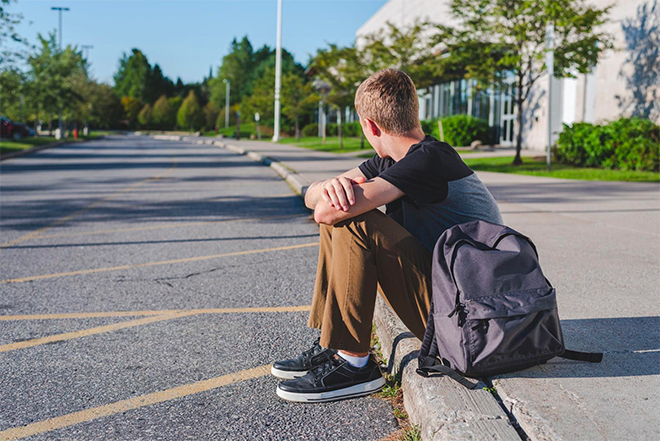
There is real momentum towards addressing the high rate of child poverty in the United States and the Coronavirus outbreak has only served to confirm that action to reduce child poverty and support family economic security is more necessary than ever. Congress has held three separate committee hearings on child poverty in the past six weeks, all which have highlighted that we know what is needed to address the problem, now there just has to be the political will to act.
In 2019, the National Academy of Sciences released A Roadmap to Reducing Child Poverty, a non-partisan, evidence-based study that models a set of policy and program changes, that if implemented, would cut our child poverty rate in half within a decade. The policies in this roadmap, such as establishing a national monthly child allowance program, increasing SNAP benefits, housing vouchers, and other proven solutions would ensure that families have the resources needed to support their children’s healthy development and support their long-term success.
As the spread of the Coronavirus has grown, the vulnerabilities within our system have become clear. Children and families living in poverty already lack the financial stability to consistently access nutritious food, stable housing, healthcare, and all of the resources needed to support a child’s healthy development. A public health crisis only exacerbates these needs when resources are scarce for everyone.
As schools close, businesses close or reduce hours, consumers stay home, and events are canceled, low-income household budgets are being stretched even thinner and children’s healthy development is at risk as children miss meals and other resources usually provided in school, and parents miss paychecks due to reduced work hours or lack of childcare.
For children, youth, and families also experiencing homelessness, there are additional safety concerns. The majority of children and youth experiencing homelessness in the United States are not in shelters but moving between different temporary situations that include living doubled-up with others or run-down motels. When schools close, children and youth are in these overcrowded and stressful environments all day without many resources. This not only makes quarantining nearly impossible, but these unstable situations also put children and youth at increased risk of predation, trafficking, and abuse.
There is already an unacceptable downward trend on the federal share of spending on children. In fact, our Children Budget 2019 publication shows that the share of spending on children declined to an all-time low of just 7.21 percent. And, just last month, the President released the FY2021 budget request that would dramatically cut spending on critical programs benefitting children, such as Medicaid, the Children’s Health Insurance Program, and the Temporary Assistance for Needy Families program, and eliminate or block grant over 50 other programs including, preschool block grants, the Low Income Home Energy Assistance Program, the Social Services Block Grant, the Community Development Block Grant and creating block grants for 29 education programs, foster youth programs, and Centers for Disease Control and Prevention. This signals that we have a steep, uphill battle to reverse the downward spending trend for children’s programs and services.
Undoubtedly, the Coronavirus outbreak requires increased investment in many of these same, underfunded programs that benefit low-income families, children, and vulnerable populations in order to solve it. Congress must act swiftly to support struggling children and families through investments that provide immediate economic relief in the form of nutrition assistance, paid sick leave, housing assistance, education support, child care assistance, and direct cash transfers that provide families with some financial stability to help weather times of uncertainty. As Congress acts to address this public health emergency, it is our expectation that our nation’s children will figure prominently in the decision-making process before us.
We cannot make progress to reduce child poverty and homelessness without holding ourselves accountable and making it a priority. This is why First Focus, along with 25 other national organizations, launched the End Child Poverty US campaign to call for a national commitment to cut child poverty in half within a decade.
This current crisis makes clear that anti-poverty strategies are public health strategies. We hope you will join us to ensure that no child or family experiences poverty or homelessness in the United States.
You can learn more at www.endchildpovertyus.org.

